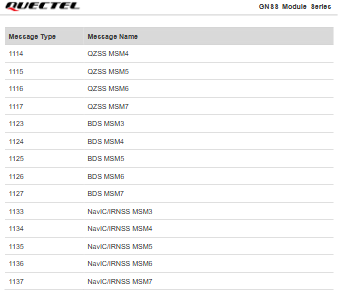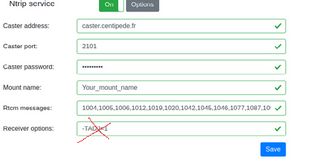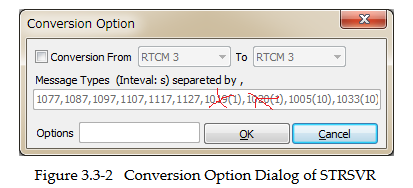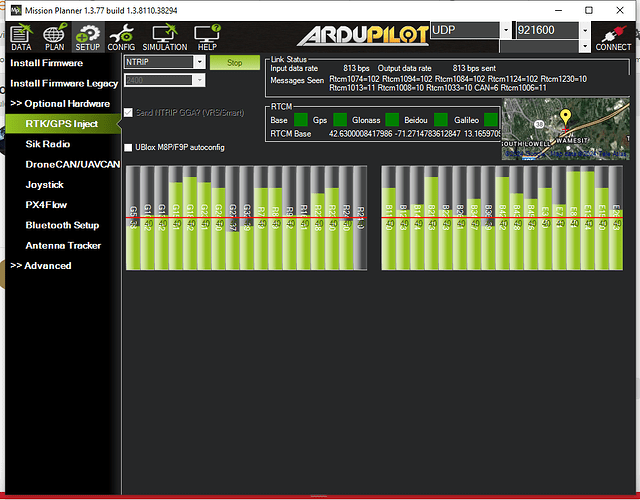As part of my trying to get this module to work with RTKBase software, I have some questions about it’s behaviour in Base station mode. Apparently RTKBase needs some additional NMEA information from the module for the way it works and displays stuff. This includes GGA, GLL, RMC and GSV information. So, as a test, I put the LG290P in Base station mode and then enabled those packets via the PQTMCFGMSGRATE command. Below are my results:
Apparently, when it is in Base station mode, most of that information is invalid even though it will send it. There is some satellite information, but no position information at all. Is this by intention? Is there a way to turn on that information? I know that other brand modules sends that information. I also read somewhere that the LC29H is able to do that. If so, why would the LG290P be configured to not send the information?








